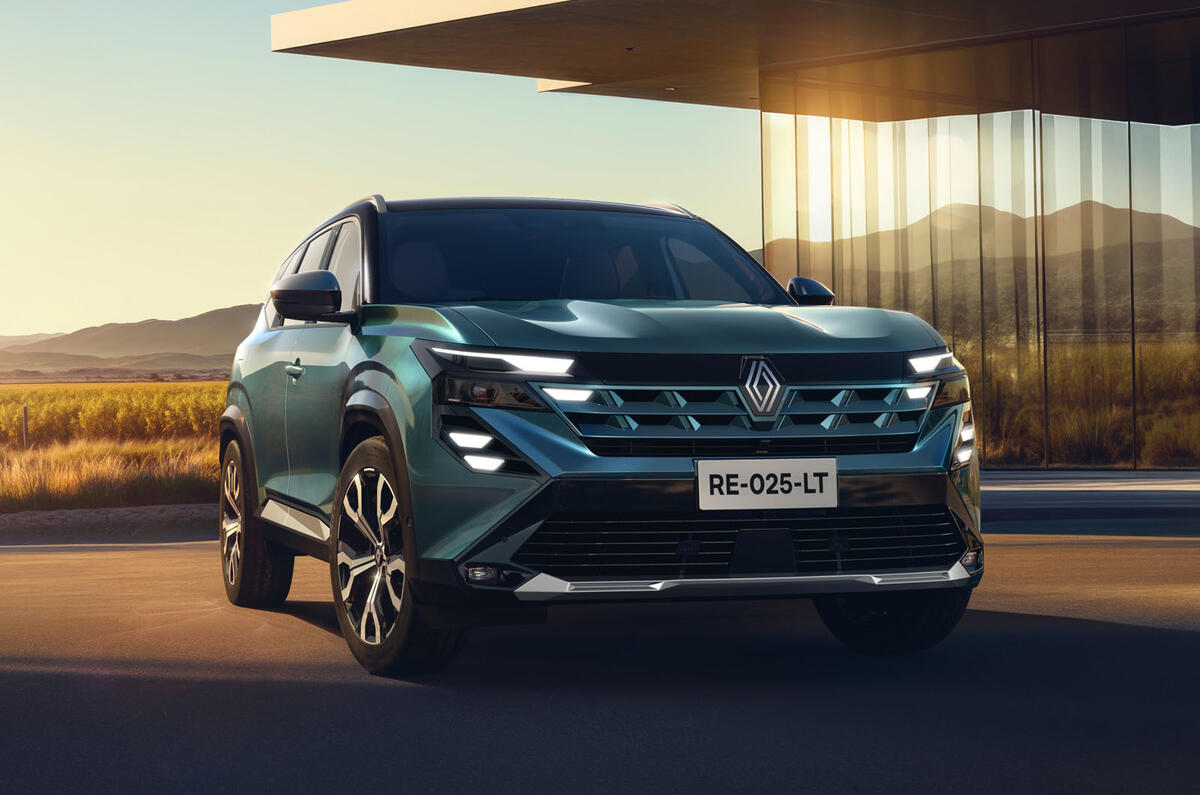The world’s volume car makers are dusting off their suitcases to find or expand sales in emerging markets in a bid to offset sluggish performance in their stronghold countries, particularly European ones.
“You don't want to stand on just one leg called Europe, just like you shouldn't stand on one leg called China or the US,” Skoda boss Klaus Zellmer told Autocar at the recent Munich motor show. “It’s better to ditch the European dependency, and this is where ASEAN [South East Asia], Australia, Oceania, India comes to play.”
In the previous decade, European volume brands such as Skoda, Renault, Peugeot, Citroën and Fiat had a healthy or growing interest in the Chinese market, but that presence has since shrunk to negligible levels as local players muscled onto their turf.
Russia was another key market, especially for Renault and Volkswagen, but that too has gone up in smoke as global car makers made a sharp exit following the Russian invasion of Ukraine in 2022.
Car makers need growth to boost revenue, fill factories and increase economies of scale. That in turns helps profit margins and allows them to sell a positive story to investors. That story however has lost its positivity amid competition in China, trade tariffs in the US and stagnant sales in Europe.
“Most of the markets in Europe are at the 2019 level or even lower,” Renault CEO Fabrice Cambolive said at the recent launch of the Boreal, an SUV aimed at emerging markets. “Most of the growth in terms of volumes will come from country like Brazil or India in the coming years.”
Last year, 71% of Renault’s sales came from Europe. Essentially it’s standing one on leg, in Skoda’s parlance. That’s why the company in 2023 launched what it called the International Gameplan 2027, which called for more differentiation in its models to woo customers in emerging markets.
The Boreal is part of that. Rather than following the old method of putting a new Renault grille on a Dacia model, the Boreal is a comprehensive redesign of the Dacia Bigster to give the model higher appeal with younger customers in markets like Turkey or Brazil, who are increasingly unwilling to put up with low-tech models.
“They’re much younger, much more connected. Expectations are different,” said Bruno Vanel, Renault's head of product, at the same event. He pointed out that the average age of new car buyer in Europe is around 56, compared with around 35-37 in India. “The wealth is with a younger generation.”






Add your comment